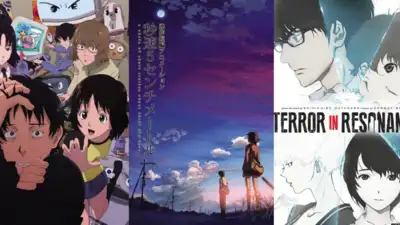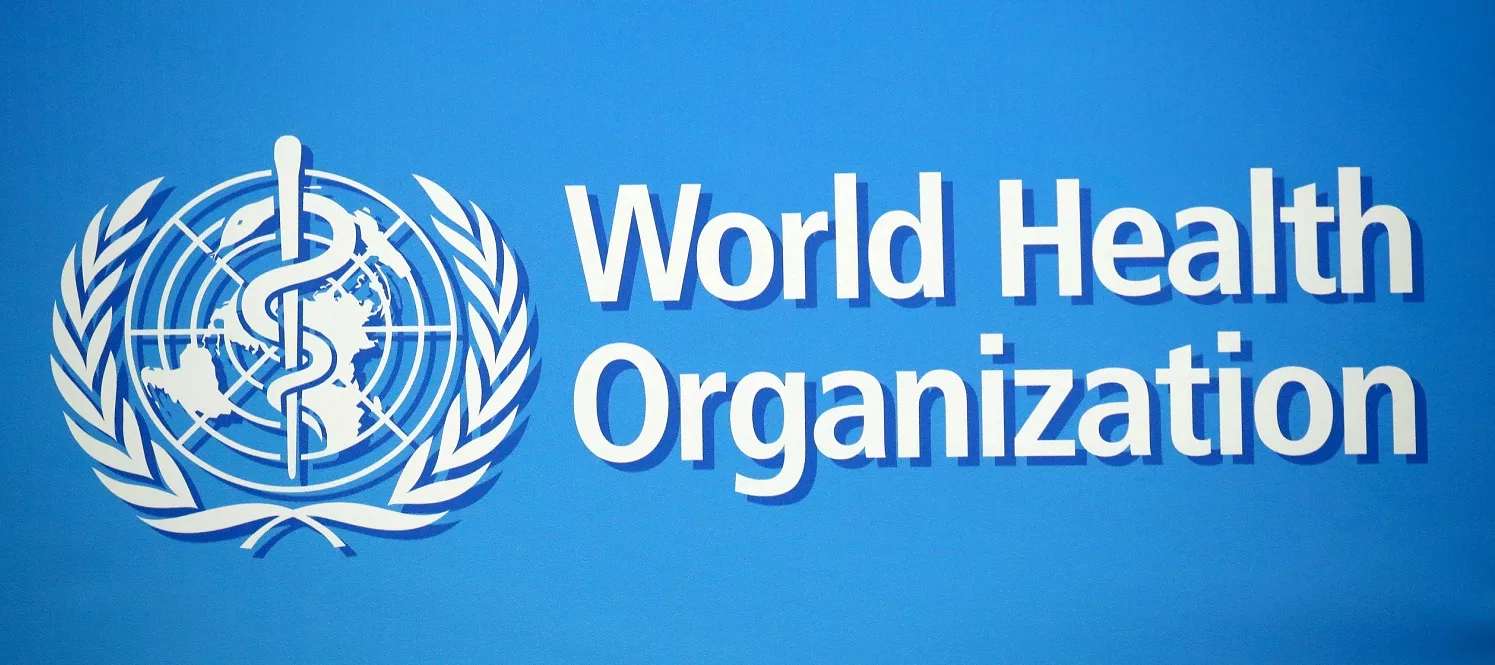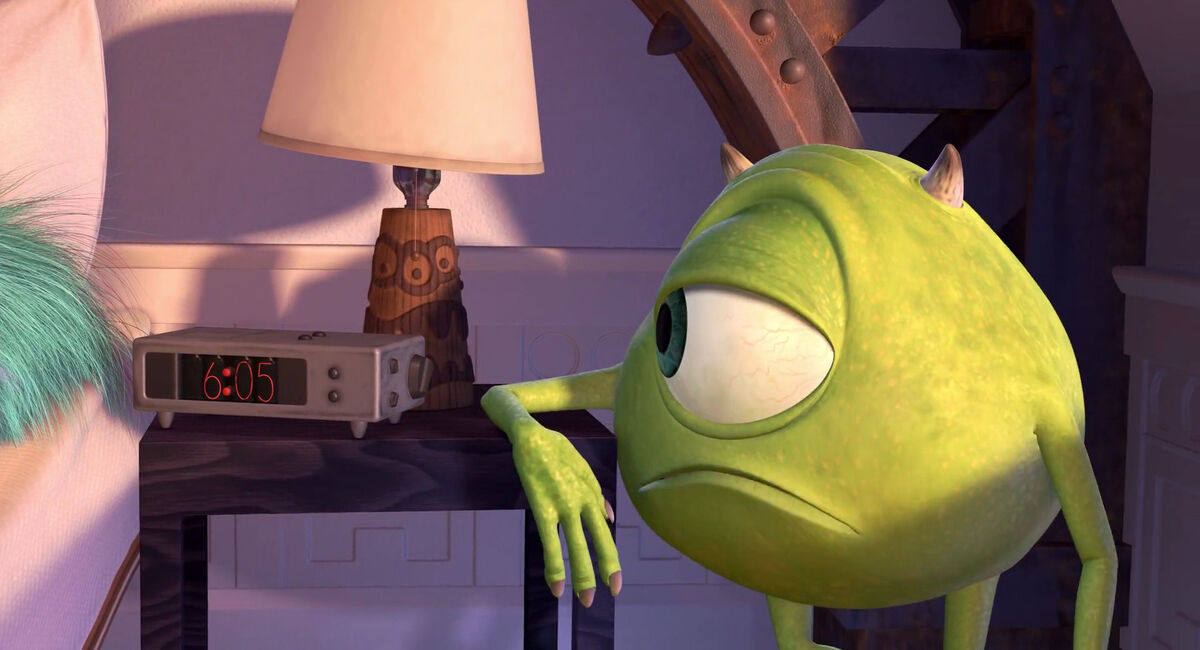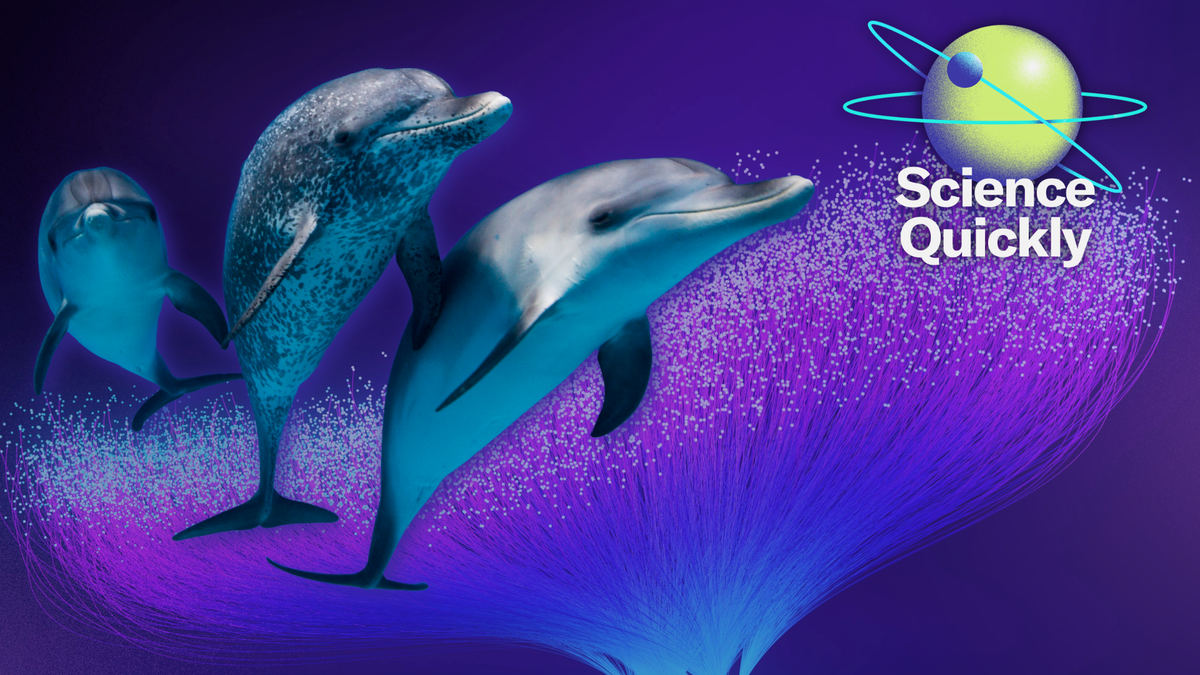Anime's Deep Dive into Mental Health: Exploring Depression and Identity | - Times of India

Anime fans know the medium can be more than action and fantasy – it often grapples with real emotions. In recent series, sensitive stories of depression, anxiety and identity find a voice through animated characters.
For example,Mob Psycho 100 follows Shigeo “Mob” Kageyama, a quiet teenager with huge psychic powers, who is not obsessed with strength but with staying “normal” and understanding himself. The Times of India notes that Mob Psycho 100 “does not glorify strength” but highlights Mob’s “inner struggles, not to lose himself to his power, anger, or pride”. In this anime, Mob measures his feelings with an on-screen “100%” meter – whenever it fills, his emotions explode outwards.
Each psychic battle becomes an emotional breakthrough: when Mob finally hits 100%, it’s always after being pushed to his limits, not to prove power but because his feelings can no longer be contained.

Credits: Crunchyroll
Mob’s journey resonates with viewers who struggle with social anxiety or autism-like traits. He is calm on the surface, but has difficulty reading others’ expressions and often feels out of sync. This has led many to see him as “neurodivergent,” though the show never labels his condition.
Still, Mob’s kindness and loyalty shine through as he tries to understand himself. Rather than fighting enemies, Mob fights to accept his emotions and connect with friends – even joining a body-improvement club or learning empathy – to grow as a person.
Viewers have called Mob’s tale inspiring: one fan pointed out thatMob Psycho shows “a boy who has incredible powers” and yet is more focused on personal growth and letting himself feel, a theme that “dives deep into what it means to be human”.

Credits: Crunchyroll
Another Netflix anime hitting home themes of depression and identity is Blue Period. Its hero Yatora Yaguchi is a high-school overachiever who suddenly feels empty despite good grades. Discovering art reignites his spark. As one reviewer explains, Blue Periodbecomes deeply relatable: it raises issues like impostor syndrome, “gifted kid syndrome (which leads to loneliness and depression), and identity crises,” all handled with care so the characters feel fully human.
Yatora’s passion for painting grows out of a need to express emotions he couldn’t otherwise name. Fans have noted that watching Yatora struggle and improve at art “made me fall in love with art again... and myself,” as one online viewer wrote after relating to the protagonist’s feelings of hopelessness.
The show even sensitively portrays other youth issues – for example, a close friend’s gender identity journey – without sensationalism. Overall,Blue Period shows a teen moving “from a life built to please others to something that means something to him”, echoing many real-life young people searching for meaning.
Mob and Blue Period are not alone in anime’s deep dives into the mind. The mid-2000s anime Welcome to the NHK follows a reclusive young man coping with paranoia, loneliness and conspiracy theories as he battles depression. It is often cited for its frank look at “hikikomori” isolation. The movie A Silent Voice tackles bullying and guilt: it shows both a deaf student who was tormented and her former bully who later spirals into self-hatred. As the Times of India describes, A Silent Voice offers “a poignant perspective on bullying” and explores “redemption, empathy, and the lasting impact of bullying on both sides”t. Western animation also features this trend: shows like BoJack Horseman (on Netflix) confront adult depression and identity crises unflinchingly.

Credits: Forbes
These stories clearly strike a chord. Internationally, fans frequently share that such anime helped them feel understood or less alone. In online forums young viewers describe relating to Mob’s silence or Yatora’s loneliness, and say the shows gave them hope to express their own feelings. Critics and writers have pointed out that when anime treats serious topics with nuance, it can be therapeutic or enlightening.
For instance, Crunchyroll (a leading anime streaming platform) notes that dubbing and subtitling in local languages helps “facilitate an emotional connection to anime,” underscoring that personal identification with characters matters. Psychologists observe that media which “validates” youth struggles can encourage them to talk about anxiety or depression. In short, by showing characters working through pain, these series open a conversation that many find comforting.
Anime’s appeal is also growing rapidly in India. Once confined to late-night TV blocks or fansubs, shows like Mob Psycho and Blue Periodare now on Netflix, Crunchyroll, Amazon Prime and even dedicated streaming hubs. Crunchyroll India, for example, offers roughly 800 anime titles – far more than Netflix or Prime – and has dubbed over 80 series into Hindi, Tamil or Telugu. Those dubbed versions count for over 65% of Crunchyroll’s Indian viewership.
Homegrown platforms are jumping in too: the telecom Airtel launched a Hindi anime channel, and JioCinema recently added an “Anime Hub” with dozens of popular series.
This means Indian youth can more easily watch shows likeMob Psycho and Blue Period and hear these moving stories in their own language.
In a culture where mental health is still often taboo, anime is quietly changing the conversation. By weaving compassion and struggle into action and artistry, shows like Mob Psycho 100, Blue Period and their peers prove that animated stories can have real heart. As one fan wrote about Blue Period, these shows “hit so close to home” and even helped her accept herself. In the end, anime is giving many young viewers permission to understand themselves – and that is perhaps its most powerful achievement.











